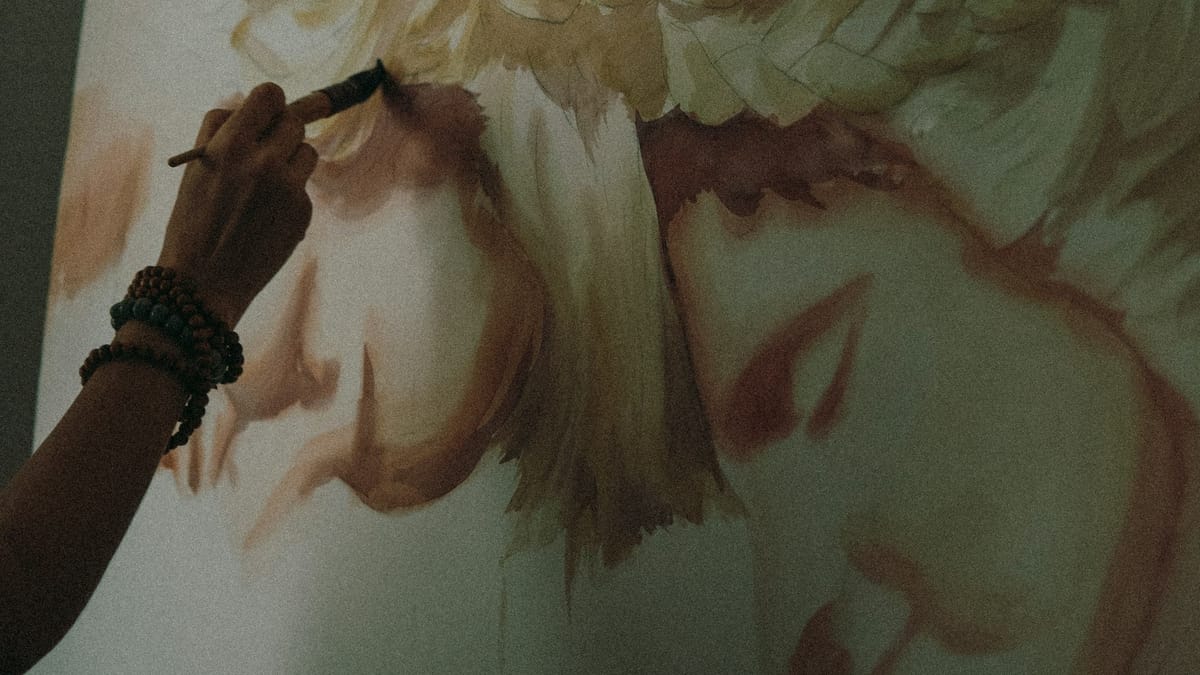The Importance of a Professional Art Portfolio
A professional art portfolio is an essential tool for artists, showcasing their skills, vision, and creative journey. A well-crafted portfolio opens doors to galleries, commissions, and opportunities, serving as both a marketing asset and a tool for self-reflection.

For any artist, whether emerging or established, a professional art portfolio is an essential tool. It serves as a visual résumé, showcasing an artist’s skills, creative journey, and unique perspective. A well-crafted portfolio can open doors to galleries, grants, commissions, academic programmes, and collaborations. It is a reflection of an artist’s vision and technical abilities, making it crucial to curate and present the work in a manner that is both compelling and professional.
In this article, we will explore the significance of a professional art portfolio, what it should contain, how to structure it effectively, and tips on making it stand out in a competitive art world.
Why a Professional Art Portfolio Matters
1. A First Impression for Opportunities
Whether applying for art school, approaching galleries, or seeking freelance work, an artist’s portfolio is often the first point of contact. In many cases, it determines whether the artist will be given further consideration. A poorly presented or inconsistent portfolio may cause potential opportunities to be missed, regardless of an artist’s true talent.
Curators, collectors, and employers often have limited time to review applications. A strong portfolio that is well-structured, visually appealing, and easy to navigate ensures that the viewer can quickly grasp the artist’s skill level and artistic identity.
2. A Tool for Self-Reflection and Growth
Creating and updating a professional portfolio is not just about presenting work to others; it is also an exercise in self-reflection. By reviewing their own body of work, artists can identify strengths, weaknesses, recurring themes, and areas for improvement. This process helps in refining an artistic voice and setting new creative goals.
Many artists find that curating their portfolio provides clarity on the evolution of their practice. It allows them to see their artistic progression over time, reinforcing their confidence and enabling them to develop a more distinct style.
3. A Marketing and Networking Asset
In today’s digital age, an art portfolio is more than just a collection of works—it is an artist’s brand. With the rise of online platforms, social media, and digital galleries, having a professional, well-maintained portfolio is essential for visibility. A strong portfolio allows artists to market themselves effectively, connecting them with potential buyers, collectors, and collaborators.
For artists looking to expand their network, a portfolio is a powerful asset at art fairs, exhibitions, and networking events. It provides a tangible way to introduce one’s work to others in a concise and compelling manner.
Key Components of a Professional Art Portfolio
A strong portfolio should include a selection of the artist’s best work, presented in a structured and professional format. While the exact components may vary depending on the artist’s goals, the following elements are generally considered essential:
1. A Cohesive Selection of Works
The most important aspect of a portfolio is the artwork itself. It is crucial to select pieces that not only showcase technical skill but also demonstrate a clear artistic voice. The selection should be curated carefully, highlighting a balance between creativity, technique, and conceptual depth.
Including a mix of completed works and works-in-progress can provide insight into an artist’s creative process. However, it is essential that the pieces included align with the portfolio’s intended purpose. For instance, a portfolio for a fine art gallery should focus on high-quality, finished pieces rather than rough sketches.
2. High-Quality Images
The presentation of the artwork is just as important as the work itself. Poorly photographed or low-resolution images can detract from the quality of the work and leave a negative impression. Investing in professional photography or ensuring that images are well-lit, properly cropped, and high-resolution can make a significant difference in how the work is perceived.
3. An Artist Statement
An artist statement is a crucial component of a portfolio. It provides context for the work, explaining the artist’s inspirations, themes, and creative process. A well-written statement should be clear, concise, and engaging, offering insight into the artist’s vision without being overly technical or academic.
4. A CV or Biography
Including an artist CV or biography adds credibility to the portfolio. This section should highlight key achievements, exhibitions, residencies, education, awards, and any relevant experience. It helps viewers understand the artist’s background and career trajectory.
5. Contact Information and Online Presence
It is essential to include up-to-date contact details and links to an artist’s website, social media profiles, or online gallery. This ensures that interested parties can easily reach out for further discussion or opportunities.
6. A Portfolio Layout that Enhances Readability
A well-organised portfolio should have a logical flow, with works presented in a manner that guides the viewer through the artist’s journey. Whether digital or physical, it should be easy to navigate, with each piece labelled clearly with titles, mediums, dimensions, and dates.
Structuring a Portfolio Effectively
The way a portfolio is structured can impact how it is received. A disorganised collection of works may confuse or overwhelm the viewer, whereas a thoughtfully arranged portfolio can create a lasting impact.
1. Start with a Strong Opening Piece
The first few works in a portfolio should be the most compelling. They should capture the viewer’s attention immediately, setting the tone for the rest of the collection.
2. Create a Narrative Flow
A good portfolio should tell a story. This could be a chronological progression of an artist’s work or a thematic arrangement that highlights different aspects of their practice.
3. Include a Variety of Work (When Appropriate)
While consistency is key, it can also be beneficial to showcase versatility. This is particularly useful for artists seeking commercial or freelance work, as it demonstrates adaptability. However, care should be taken to ensure that the portfolio does not appear scattered or lacking a clear artistic identity.
4. Keep It Concise
Quality over quantity is crucial. A portfolio should include only the strongest works, avoiding unnecessary repetition or filler pieces. Depending on the purpose, 10–20 pieces are generally considered an ideal range.
Making a Portfolio Stand Out
With so many artists competing for attention, it is important to make a portfolio stand out. Here are some tips to achieve this:
1. Maintain a Unique Artistic Identity
Developing a recognisable artistic style helps in making a portfolio memorable. Instead of trying to appeal to every audience, artists should focus on what makes their work distinct.
2. Tailor the Portfolio to Its Purpose
A portfolio for an academic application will differ from one intended for a commercial project. Customising the selection of works and supporting materials according to the audience ensures relevance and impact.
3. Invest in a Professional Presentation
Both digital and physical portfolios should be polished and visually appealing. Using a clean, minimalist layout with clear labelling enhances readability. Digital portfolios should be optimised for mobile viewing, as many curators and potential clients browse on their phones or tablets.
4. Update the Portfolio Regularly
An outdated portfolio may give the impression that an artist is inactive. Keeping the portfolio current with new works and updated information ensures that it remains relevant.
5. Seek Feedback
Before finalising a portfolio, seeking feedback from peers, mentors, or professionals in the field can be invaluable. Constructive criticism can help identify areas for improvement and refine the selection of works.
Conclusion
A professional art portfolio is a powerful tool that can shape an artist’s career. It serves as a bridge between the artist and potential opportunities, allowing them to present their work in the best possible light. By curating a portfolio with care, maintaining high-quality presentation, and continuously refining its content, artists can increase their chances of success in an increasingly competitive industry.





